Imagine a world where power transmission has almost no loss, and trains can "fly" close to the ground in levitation...
Aren’t these scenes, which seem to leap out of science fiction movies into reality, magical? Behind them lies the transformative technology of "superconductivity".

In the exhibition hall of Eastern Superconducting Technology (Suzhou) Co., Ltd. (hereinafter referred to as "Eastsuper") in Wujiang Development Zone, four rolls of metal material samples in different colors are elegantly displayed.
Zhang Guodong, Chairman of Eastsuper, leans over and points to a sample of the superconducting material deposition process, explaining: "Our second-generation high-temperature superconducting materials are prepared at the nanoscale and go through 8 core processes. The margin for error is extremely low—it’s like 'carving on a hair strand.' We must have zero mistakes, or the entire roll of material is wasted."
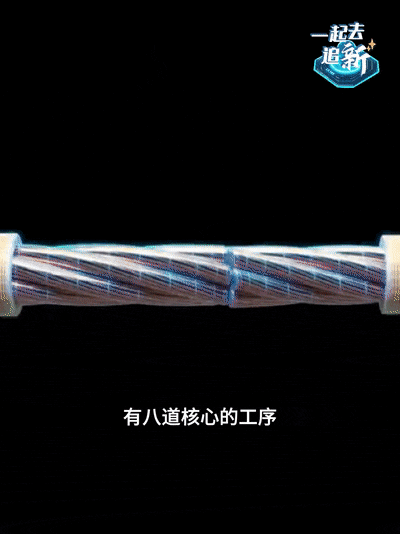
As a holding subsidiary of Yongding Group, Eastsuper was established in December 2017, but its R&D team has been researching this seemingly ordinary process for nearly 14 years.
As early as 2011, Yongding Group began to lay out the cutting-edge technology track of "superconductivity." At that time, Yongding Group, mainly engaged in optical and electrical cables, realized that to truly master superconducting cable technology, it must overcome the most critical "heart"—superconducting materials. "The core material of superconducting cables is second-generation high-temperature superconducting materials, which were extremely scarce nationwide at the time. We could only rely on imports, but the materials we received did not meet our expectations, so we started developing domestic second-generation high-temperature superconducting materials," said Zhang Guodong.
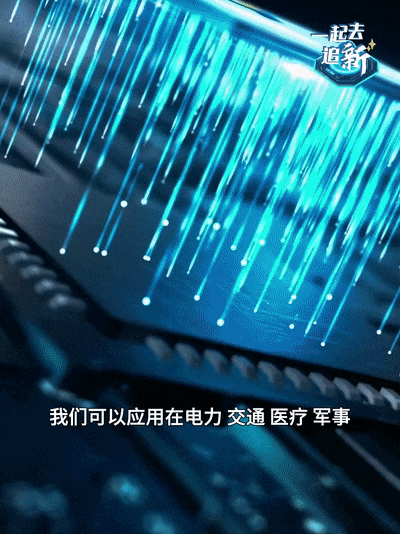
The R&D journey was not smooth. The company invested nearly 1 billion yuan over more than a decade with no apparent returns, leading Zhang Guodong to wonder if the company had fallen into a "high-tech trap."
"But if we don’t 'seek death' through technological innovation, we’re just waiting to 'die,'" Zhang Guodong said. He noted that material R&D has a very long cycle and requires significant investment, but once successful, it places the company at a commanding height. With the courage to go all-in, they recruited five top scientists from around the world to focus on developing second-generation high-temperature superconducting materials.

The R&D team still remembers the critical moment in 2014. When the first self-developed sample passed the test under liquid nitrogen, the scientists were too excited to sleep. Zhang Guodong recalled, "The successful preparation of the short sample marked us as the first domestic enterprise to produce second-generation high-temperature superconducting materials, but at that time, it couldn’t be applied engineeringly. It wasn’t until 2016, when we undertook the National '12th Five-Year Plan' 863 Project, that we saw a qualitative leap in the performance of these materials."
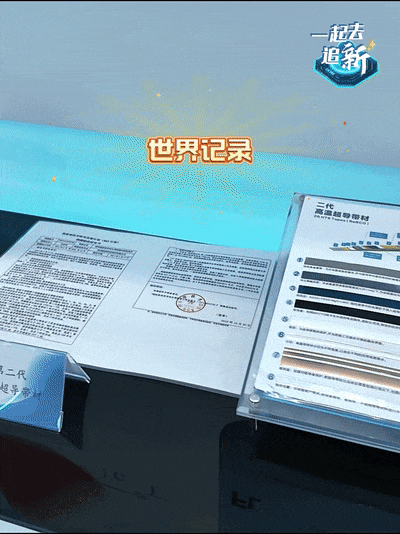
In the exhibition hall, a national 863 Project acceptance report brings the focus back to 2016. After countless days and nights of dedicated work, the team successfully achieved a stable current of 735 amperes in an 1,135-meter-long superconducting material. The current data was uniform throughout, with no dropouts, passing the acceptance of Ministry of Science and Technology experts and setting a world record for the performance of second-generation high-temperature superconducting materials at the time.
"There are two main indicators for measuring the process level and capability of superconducting materials: the surface current-carrying capacity and the processing length," said Zhang Guodong. "At the time, international peers could either produce kilometer-scale materials with only 300 amperes of current or over 700 amperes with insufficient length. We enabled kilometer-scale materials to have high current-carrying performance simultaneously—it was like completing a marathon and setting a record at the same time."
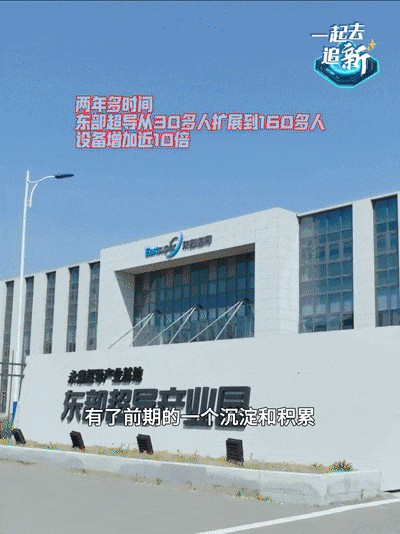
Currently, with both indicators met, Eastsuper’s R&D team remains the leading domestic and international player in second-generation high-temperature superconducting material preparation technology. From being "necklocked" to becoming a "trailblazer," Eastsuper has honed its craft for over a decade, becoming the only domestic enterprise integrating high-temperature superconducting material development, superconducting application product R&D, and superconducting testing. It has broken the technological monopoly of foreign high-temperature superconducting industries and seen the hope and prospects for the industrialization of domestic superconducting materials.
With the rise of industries such as controlled nuclear fusion and superconducting magnets, the applications of second-generation high-temperature superconducting materials are no longer limited to common fields like electricity, transportation, and healthcare—Eastsuper’s product applications are continuously expanding. "We aim to expand production to 10,000 kilometers by 2026 and achieve a market share of over 40%. With our early-stage accumulation, we are now confident that the superconducting market be due to a broad space for development," said Zhang Guodong.
-

- 2025-09-25
- Important Technological Progress Achieved by Eastsuper, a Subsidiary of Jiangsu Etern Co., Ltd.
-

- 2025-09-16
- Eastsuper brings superconducting technology to support the 2025 Jiangsu Industry-University-Research Cooperation Matching Conference
-
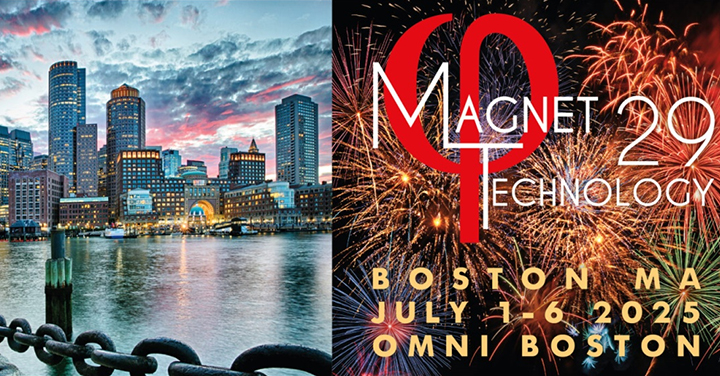
- 2025-07-09
- Eastsuper attended the 2025 International Conference on Magnet Technology (MT29) to provide cutting-edge ultra-high-field tape solutions for top magnet companies.
-
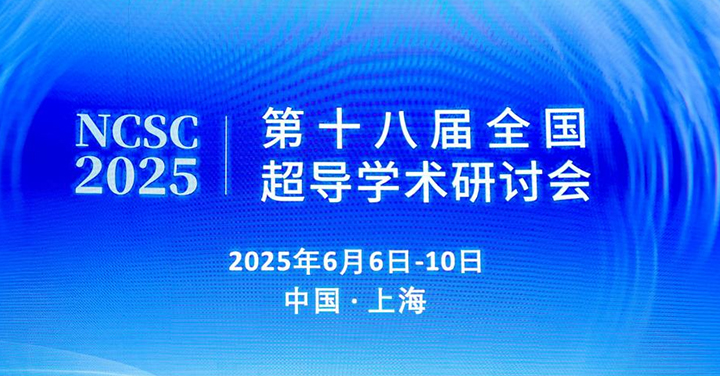
- 2025-06-10
- Eastsuper shines at the National Conference on Superconductivity-2025,showcases the latest R&D achievements and large-scale manufacturing
-
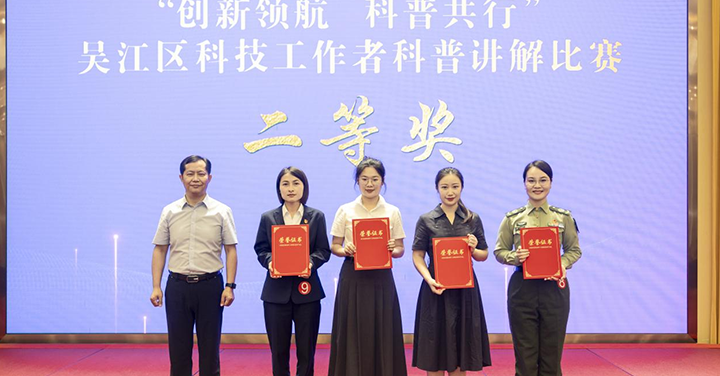
- 2025-06-06
- Eastsuper won the 2nd prize in Science Explanation Competition


